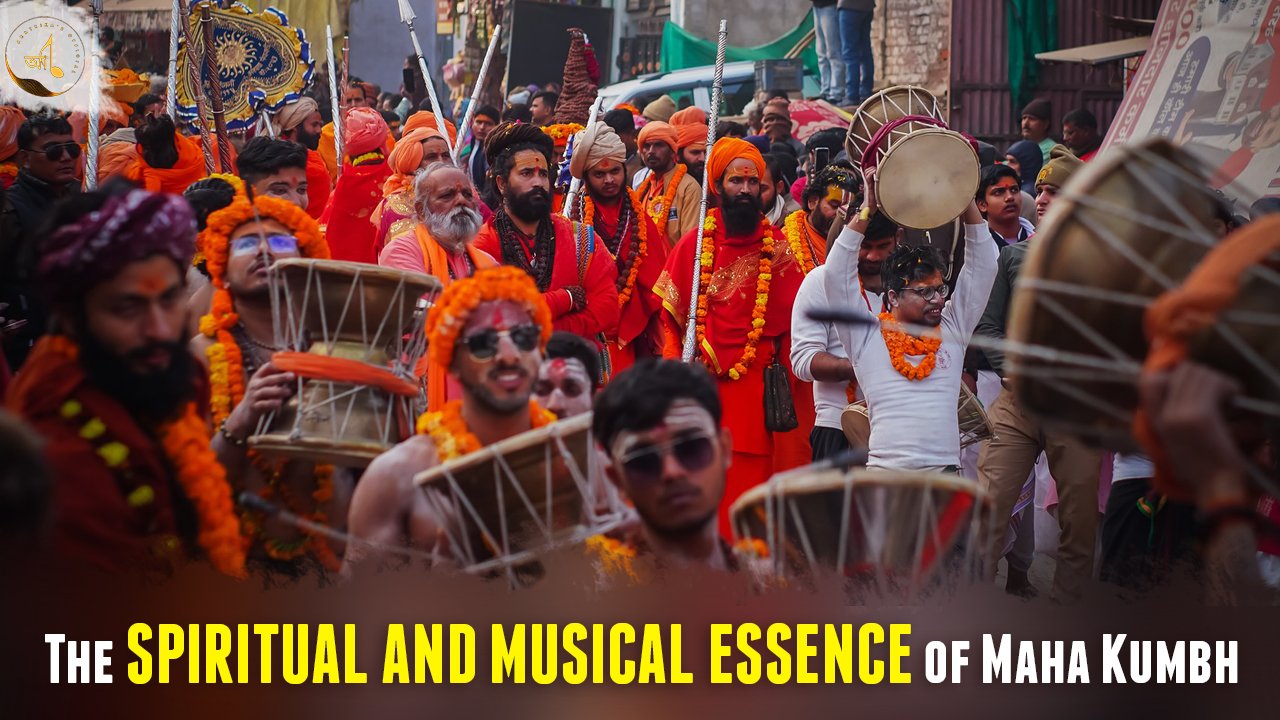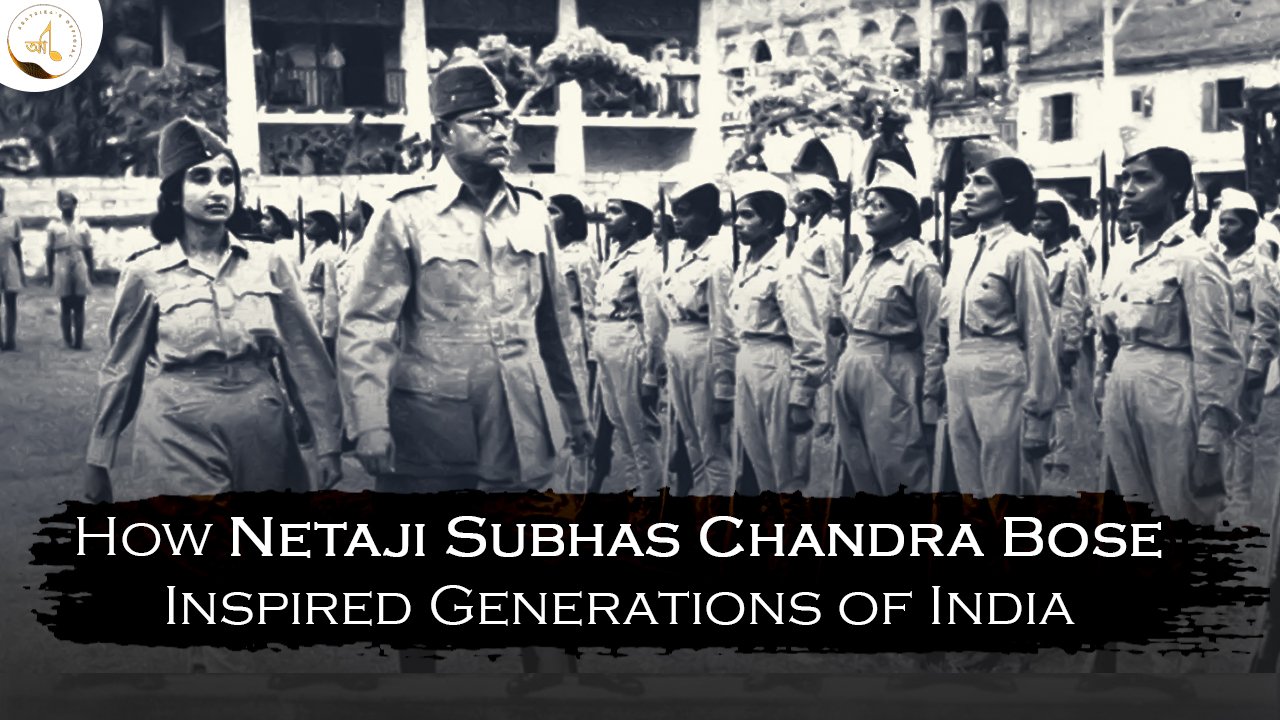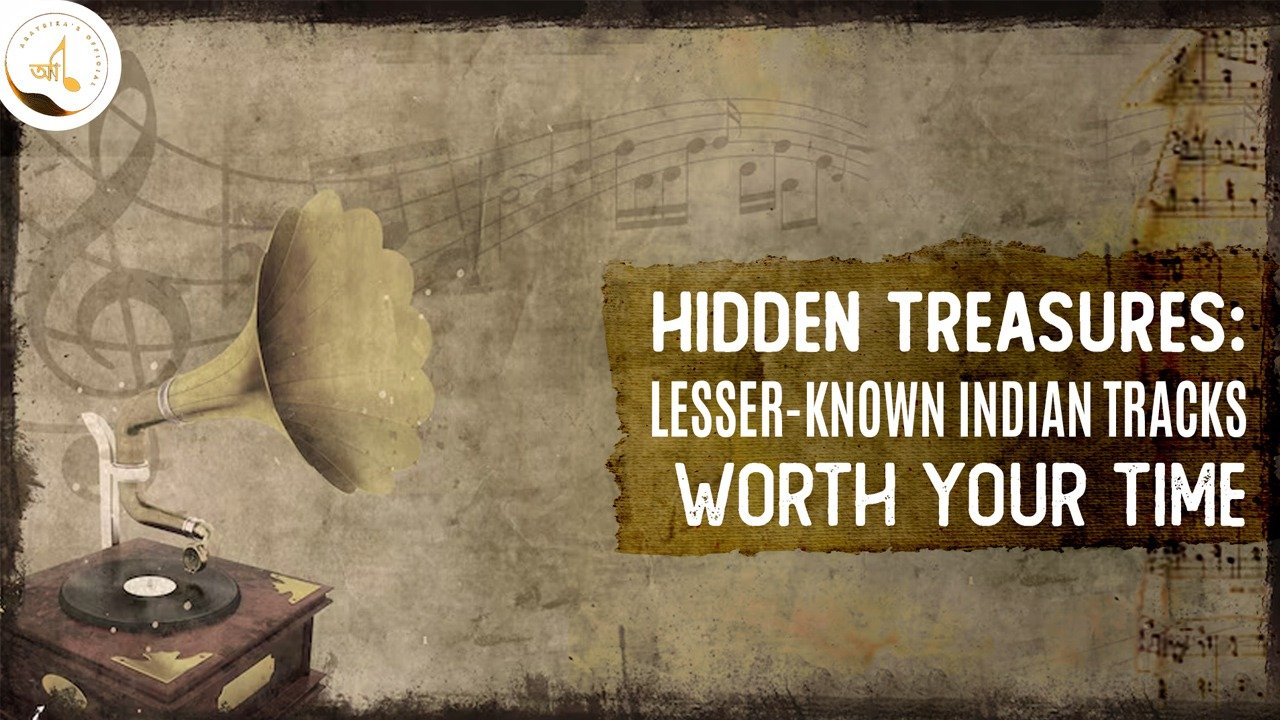This Raag is rendered at the time when lights are put on. Its original name is Raag Kalyan and only during the Mughal's rule the name Yaman was introduced and became current.
Aaroh with Nishad (N) is preferred and heightens the beauty of this melody. The following combinations are representative of the Raag:
N R ; ,N R G ; ,N R ,N G ; R G ; ,N M G R S ; ,N R G ; M R G M P ; M D P ; M D N ; M D M N ; G M G ; N D P ; M R G ; ,N R S ; ,D ,N ,D S ; ,D ,N R G ; ,N R G ; G R G ; ,N R ,N G ; ,N R G M R M G ; G R M G ; M P ; G M P R S ; ,N R S ; ,N R G M P ; M P M P ; P M D P M P ; M D M N ; N D P ; M G ; G M D N M D N ; N D P M G R S ; ,N R S ;
Yaman's Jati is a Sampurna raga (ideally, yaman is audav sampoorna raag because of the structure- N,RGmDNR'S' NDPmGRS) and in some cases Shadav; the ascending Aaroha scale and the descending style of the avroha includes all seven notes in the octave (When it is audav, the Aroha goes like N,RGmDNS', where the fifth note is omitted; Pa but the Avaroha is the same complete octave). All the scale notes (called swaras) in the raga are Shuddha, the exception being Teevra Madhyam or prati madhyamam (sharp fourth). The notes of the raga are considered analogous to the western Lydian mode.
There is some discussion whether Yaman and Kalyan really just are different names for the same raga, or that these are actually 2 ragas. Joep Bor says "Kalyan (today usually referred to as Yaman)", Kaufmann says that Yaman and Kalyan are just different names, but insists that rāga Yaman-Kalyan is different as natural Ma is occasionally inserted between two Ga, like Ga Ma Ga Re Sa, while in all other instances tivra Ma (Ma+ is used as in Kalyan). S. Bagcheeagrees with Kaufmann. As Bor, Kaufmann and Bagchee are not practising, professional and traditional musicians and artistes with training from qualified musicians for several hundred (+practising) hours and knowing a few dozens of bandishes/ compositions of north Indian Hindustani classical music in raag yaman, thus their opinions and observations needs to be accepted with a pinch of salt. A sensible analysis of large data of the raag, honesty and truthful introspection lead any sane musicians to think, that the name of the raags Yaman and Kalyan are different so their tonal movements shall be different for Kalyan is more akin to shuddha Kalyan not Yaman in any case. The influence of Kalyani of Carnatic and almost blind following of Pt. Bhatkhande as well as unquestionable trust and faith to guru (music teachers) caused this confusion. People erratically believe that if natural Ma is occasionally added in a concluding figure leading to Sa, the raga is known as Yaman-Kalyan. Practically, yaman has a raganga very much different from Kalyan raganga resembling colours of Shuddha Kalyan. The use of shuddha ma must be restricted as a Vivadi swara (limited use) or grace note for Yaman Kalyan otherwise there is a chance of it becoming Yamani, Yamani Bilawal, Jaimini Kalyan. Moreover, neither of Kalyan or Yaman has Shuddha Ma in its main body thus use of shuddha Ma does not create Yaman Kalyan. Ideally there is no raga at all in Indian music that is recognized as any type of Kalyan because of shuddha Ma, thus raga Yaman Kalyan becomes a misnomer or pure lie because of Shuddha Ma in the tonal structure of raga Yaman.






